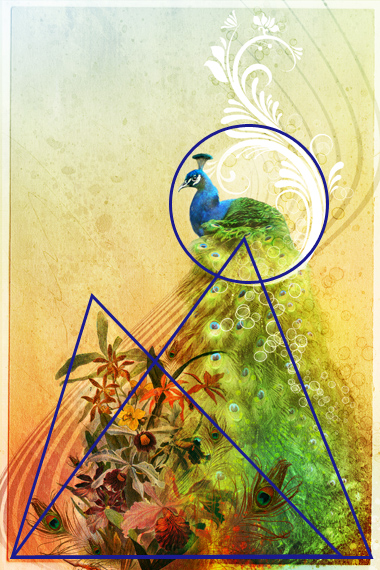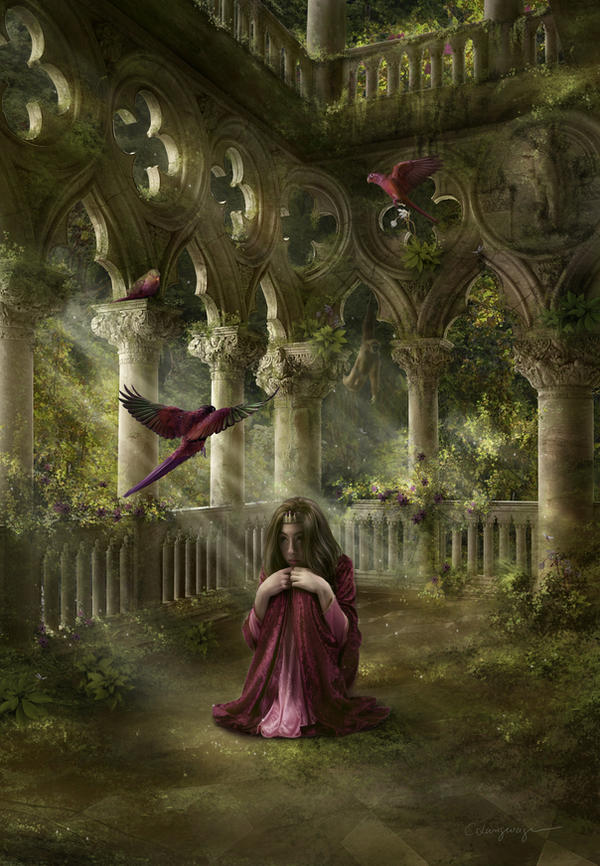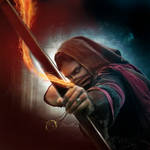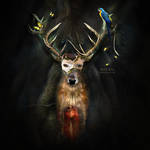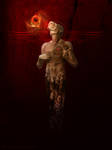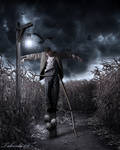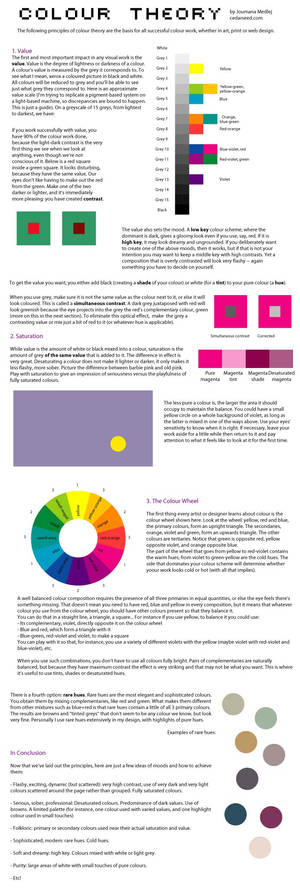ShopDreamUp AI ArtDreamUp
Artist Scam - there's a new one around!
[You can also read this article on my blog where it was first published] There are a million and one ways to get scammed on the internet, we all know that. And of course there are also scams directed at artists specifically (1). But there is a new scam in town that I want to talk about that is geared specifically towards online artists. If you are an artist with an online presence chances are you have received one private message or other on one of your social sites. These messages differ, depending what they are trying to sell you, but they usually have one thing in common: they sound like YOU are going to be the one earning a shit ton of money – for next to no effort. And usually that is because your art is just so special. aha. sure *sigh* (hint: no ones art could ever be that special) Note 1: I am not telling you any names because the next person trying to scam you might use a different one. Ultimately, the name is completely unimportant, what is important is to know that you
Notre Dame, Improvements and Progress
Progress is a strange thing. It can be so incremental that you don't realize you are making it :giggle: I've been looking through some old pictures I took these past 10 or so years since I've had a DSLR, particularly to see if there was something I would like to put up as exclusive stock for my upcoming contest (over at @kuschelirmel-stock - it'll start this weekend! :w00t: ). I stumbled upon our visits to Paris, where I found my Notre Dame pictures. I uploaded three here into my gallery (as well as making them available part of an exclusive stock pack - coming soon!): I still cannot fathom that a lot of it burned down in April 2019 (with no one getting seriously injured). It was one of my favorite places to visit in Paris; even with all the tourists inside, it felt super divine to be there. On a side note, despite large donations, the 2024 date set by French president Emmanuel Macron is seen as an impossible time frame, and especially so after the announcement in July 2020
Sneak Peak + Contest?
Well hello there! I am still here and seem to have some more energy lately - in big part thanks to my watchers and friends over at my stock account @kuschelirmel-stock who have managed to make me see that it is *not* just me who feels like all creativity has just drained from them these days. For some reason knowing I am not alone and that it is okay to voice these thoughts (despite that little voice in the back of my mind constantly shouting "Stop complaining, you've got it great, this is peanuts. Whimp!") has made a tremendous difference. :heart: :heart: :heart: Aaaand it also means I'm actively trying to be more active here on dA and "behind the scenes" with manips and uploading stock and I'm also keeping at it on the Photoshop 3D front! Not that I have managed to finish a manip yet, but hey, baby steps, right? :D Sneak Peak Here is a sneak peak at what I am currently working on (among other things - meaning it'll take ages to finish, but that is fine :D ): Can you guess
kuschelirmel - the art of Jasmin Junger
Since I don't get around to updating this journal as often as I should, I thought I'd leave you some information on me and what I do in case you're interested...
My name is Jasmin Junger, by day I work for an engineering and construction company based in Frankfurt am Main, Germany. I live in Karlsruhe though, that means quite the long commute every day (though I can do home office sometimes). That in turn means there is little time for my photography and photomanipulation hobby - so if you are trying to reach me, please don't get mad if I don't immediately respond.
I have been photoshopping for more than 15 years now and I still absolutely
Featured in Groups
© 2011 - 2024 kuschelirmel
Comments58
Join the community to add your comment. Already a deviant? Log In


